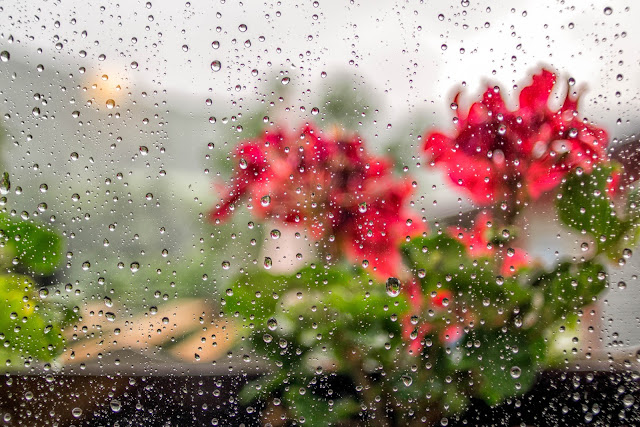First of all, there are two versions of this lens. Both are completely identical in their optical design, but the first version has a narrow silver ring over the focus tire. In addition, the older version, which was manufactured from 1977 to 1982 is a little bit lighter (4 grams) than the successor. Otherwise, the two versions are like twins.
I'm not usually euphoric, but this lens is really fantastic. Such a small, light part, so sharp and with incredible colors - that is not very common with the old cheaper lenses. Especially not if you have to turn down so little money. Usually you get this piece of jewelry for about 50, - Euro and less, depending on the condition.
But, as always, we'll go in order. So let's start with the statistical data.
Lens Mount: Pentax K (logical)
Aperture: max. f/2.8 to min. f/22
Diaphragm: automatically with 5 Blades
Optics: 7 elements in 7 groups
Minimum focus distance: 0,3 m (0,98 feet or 11,8 inch)
Max. magnification: 0,12 x
Field of View (diag./horiz.): APS-C (55°/46°), Full-Frame (75°/65°)
Filter Size: 49 mm
Lens cape: plastic clip-on
Coating: smc
Diameter and Length: 63 x 31 mm
Weight: 156 g
The feel is excellent, as with all Pentax M lenses. Nothing squeaks or wobbles, the mechanics are processed for eternity. The focus ring has the usual waffle pattern and can be easily and conveniently rotated, the focus path is pleasantly long and precise. The aperture ring engages well audible and can be set well without visual contact after some practice. It should be so.
The lens is very small and looks inconspicuous even with the Pentax-Sony adapter.
Now the most important thing, the picture quality. I have often read on the Internet that the Pentax-M 28mm at open aperture should be a little bit dreamy.
What is meant is that, except for the sharpness in the center of the image, the result should be a bit soft. I can not confirm this. But it would be possible that there are some quality differences in the lens production in the years 1977 to 1984.
Here for clarification a photo at open aperture and not perfect lighting conditions.
You can see that the sharpness at f/2.8 is excellent from corner to corner, not even in the middle of the picture. Qualitatively this is of course no comparison with Zeiss or Leica. But such lenses cost hundredfold of the tiny Pentax-M.
In the photo above, you can easily see which beautiful rich colors this lens produces. Vignetting is not recognizable. But that's not surprising with a camera with an APS-C sensor. The bokeh is creamy and calm. Despite the wide angle, you can set free the motif pretty well. But it is a bit too wide for portraits.
The Pentax-M 28mm should be used as an all-around lens, whether on the full-frame or on an APS-C camera. It is not only suitable for landscapes, but also for street photography or (limited) for avaiable light photography.
Stopped down to f/11, the lens even produces asterisks at point-shaped light sources. Look here:
Open aperture creates beautiful bubbles, as in the good old German lenses, like Meyer-Görlitz's Trioplan. On strong contrast edges, however, there are also slight purple fringing. You can see that well from the photo below with the bell. I have not edited this photo separately. However, these discolorations are rather weak and can be removed in Photoshop or Lightroom with just a few clicks.
Let's summarize: the Pentax-M 28mm f / 2.8 is a cheap, very sharp lens with an interesting bokeh and beautiful warm colors. From my side so an absolute recommendation. If you can get it below or close to 50, - Euro, you should definitely buy it. Anyone who can handle adjusting the sharpness manually will not need another 28mm lens. Unless he needs more light intensity. Then you should save and buy, for example, a sigma 30mm f / 1.4.
Here are a few more photos that I shot during the year:












